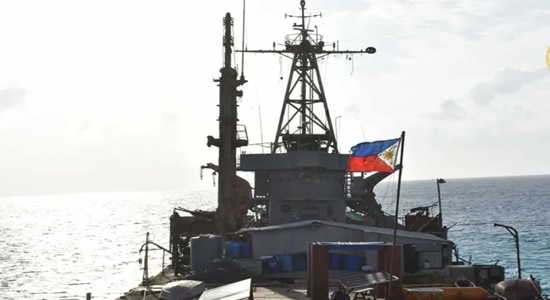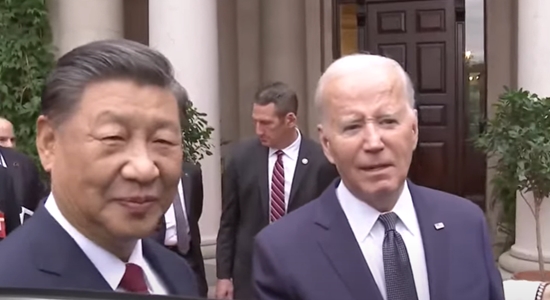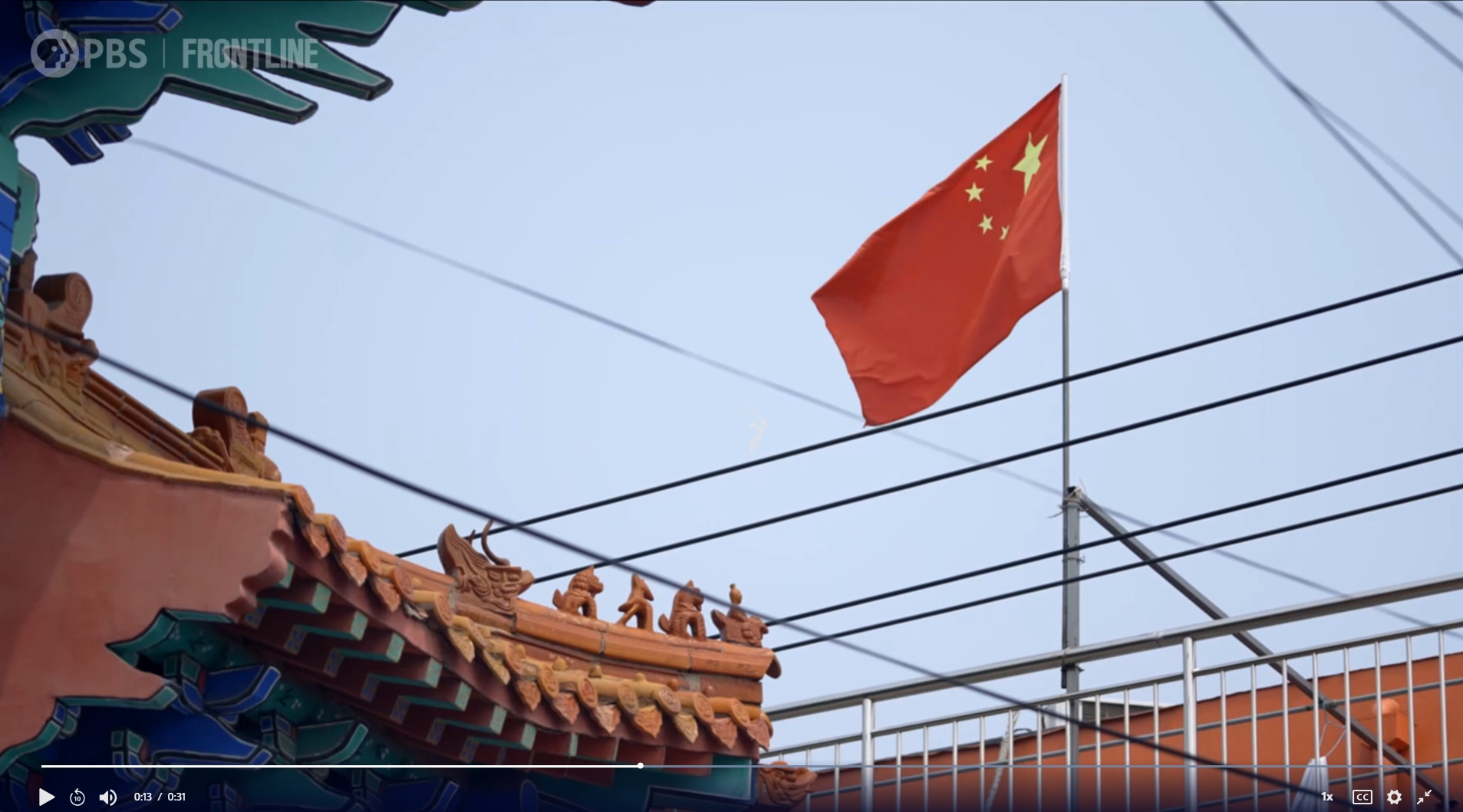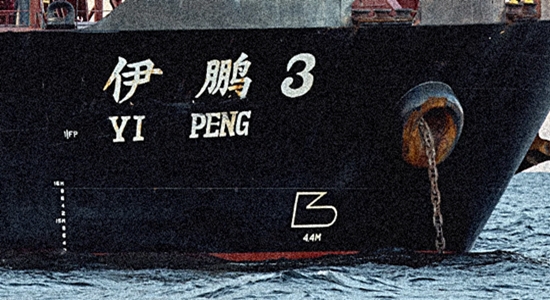
Stop the presses. The government of China now has access to a brand-new tactic for establishing dominance over the waters of the South China Sea, which it claims to have an inalienable, historically based right to rule 99.9999% of, including the parts with other countries in them.
It’s a “cunning plan” according to the EurAsian Times headline, if not according to the last paragraph of its article (“China’s ‘Three-Point Strategy’ To Annex Philippines’ 2nd Thomas Shoal: Chinese Scholar Shares Cunning Plan,” August 13, 2024).
The three points are courtesy of Chinese academics, who are “intensifying their efforts to assert Beijing’s claims in the contested South China Sea.”
Much credit must go to Wu Shicun, “a leading scholar on South China Sea affairs and founder of the National Institute for South China Sea Studies in Hainan” who has arrived at the insight that “narrative construction and discourse building” are crucial to maximizing the prospects for success of China’s South China Sea gambits. Perhaps Wu doesn’t know that the Chinese Communist Party must be urged to dispense propaganda in the same way that miners must be urged to carry coals to Newcastle.
The three points
First, says Wu, China should set a deadline for the Philippines to get out of the Second Thomas Shoal.
Second, if the Philippines does not comply, China should blockade the area so that the Philippines can’t resupply anybody stationed there.
Third, once everybody in the shoal is starving to death, China should permit a “humanitarian” evacuation by establishing a “ ‘special corridor’ to allow the retrieval of the Philippine personnel from the ‘temporary alert zone.’ ”
Even Wu’s mere suggestion of the plan “has sent ripples through diplomatic circles, raising alarm bells from Manila to Washington,” says EurAsian Times. “It’s a bold move in China’s long-term strategy to control the South China Sea, a vital waterway though which trillions of dollars in trade pass annually.”
Can we say that the plan “is” a bold move if it has not yet been adopted? It’s a bold thought, let’s say. With the grand potential of becoming yet another bullying tactic to be deployed along with all the other bullying CCP tactics.
In any case, according to the last paragraph of the article, this daring suggestion to intimidate and coerce everybody into submission “assumes a passive response from other regional players.” Regional responses to China’s intimidation and force have not always been optimal. But not always passive either.
Also see:
VOA News: “Vietnam holds joint drill in South China Sea to strengthen territorial claims”





